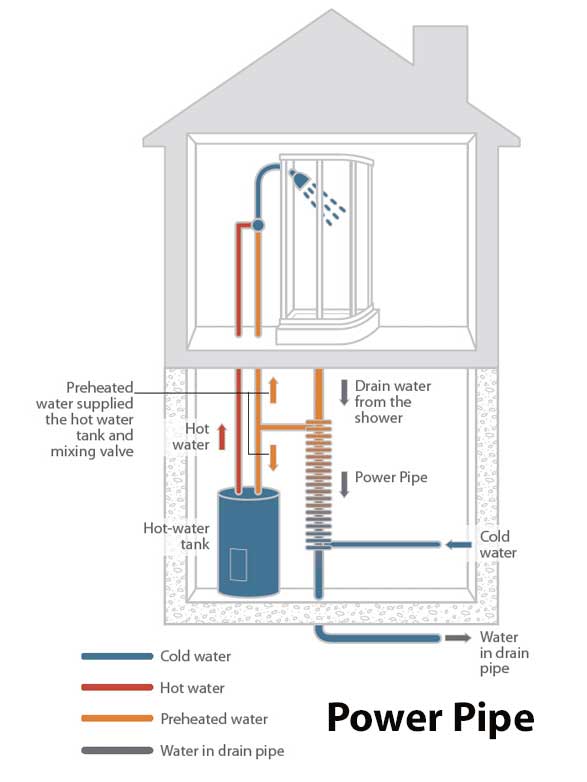I am on city water. treatment plant is 7 miles away.
1st when I was looking in to this last year, I found at winter my TAP water was coming in at 36-46 can't remember. Not sure if there water treatment company would have a log. The thing is on all the ground water maps I am close to the line of 57/52. Is this normal? All I know is I recall a 10-20 lower temp from the ground water chart.
2nd. I have a 1 bath, 4 person home. Wife like to get the Washing Machine, and dishwasher going at the same time maybe a bath/shower. So I should account for the max flow of all this for hot water demand?
3rd. Bath tub filling. I know the valves mix cold with hot, but from my understanding all the charts they give have these water heater set to 105 F. That would require straight hot to fill the tub right? So to get a true flow rate need for the tub I need to find the mixing % with cold at a give delta T right? The short of #3 is I do need to have a higher water temp than the 105 f most manufacturers use to rate there flow rate with. correct?
4th Am I crazy and over thinking here or am I on the right track?
Thanks for your time.
1st when I was looking in to this last year, I found at winter my TAP water was coming in at 36-46 can't remember. Not sure if there water treatment company would have a log. The thing is on all the ground water maps I am close to the line of 57/52. Is this normal? All I know is I recall a 10-20 lower temp from the ground water chart.
2nd. I have a 1 bath, 4 person home. Wife like to get the Washing Machine, and dishwasher going at the same time maybe a bath/shower. So I should account for the max flow of all this for hot water demand?
3rd. Bath tub filling. I know the valves mix cold with hot, but from my understanding all the charts they give have these water heater set to 105 F. That would require straight hot to fill the tub right? So to get a true flow rate need for the tub I need to find the mixing % with cold at a give delta T right? The short of #3 is I do need to have a higher water temp than the 105 f most manufacturers use to rate there flow rate with. correct?
4th Am I crazy and over thinking here or am I on the right track?
Thanks for your time.

